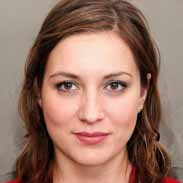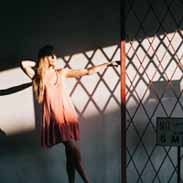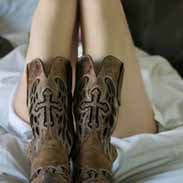Behind The Scenes Flashcards, test questions and answers
Discover flashcards, test exam answers, and assignments to help you learn more about Behind The Scenes and other subjects. Don’t miss the chance to use them for more effective college education. Use our database of questions and answers on Behind The Scenes and get quick solutions for your test.
What is Behind The Scenes?
Behind the scenes of the Supreme Court is a fascinating world, where justices and their clerks play an integral role in shaping our legal system. This powerful judicial body holds the highest court of the United States and is responsible for interpreting federal laws and making sure they are applied uniformly throughout all fifty states. Since its founding in 1789, the Supreme Court has been a major force in American government, deciding cases that have had far-reaching impacts on our nation’s history.The most visible part of the Supreme Court is when it meets to hear oral arguments from both sides of a case before rendering its decision. Oral arguments typically take place during two-week periods in October or April, although special sessions may be held during other times. Lawyers representing each side are given 30 minutes to make their case before the Justices ask questions about points of law or fact that may be at issue in the case. After hearing both sides, the Justices will go into conference to discuss and decide on a ruling. However, much work takes place behind closed doors even before oral arguments begin. As soon as a Supreme Court case has been accepted for review by any lower court or arbiter (like an appeals court), thousands of pages from lower courts’ decisions must be read by clerks who work full time for each Justice usually recent law school graduates who then distill those materials into briefs for their boss’s review prior to oral arguments. These briefs help inform each Justice’s opinion going into oral argument day, providing them with background information about similar cases which can help guide their own decision-making process when considering difficult issues such as civil rights or abortion laws. Besides helping shape opinions ahead of time through briefing materials and research assistance to individual justices throughout their tenure on the bench, some clerks also help draft opinions after they have heard oral argumentation from each side (or even earlier). Clerks are expected to provide thorough analysis while keeping in mind possible objections so that they can create persuasive opinions backed up by consistent logic; these drafts often involve multiple rounds between clerk and justice before being finalized for publication as official opinion statements issued by SCOTUS (the U.S Supreme Court).











